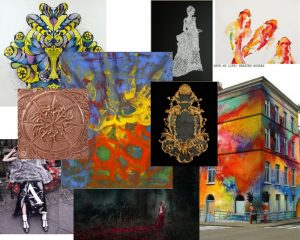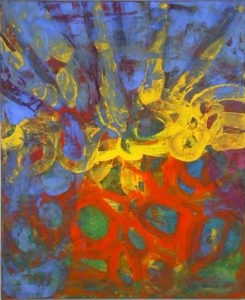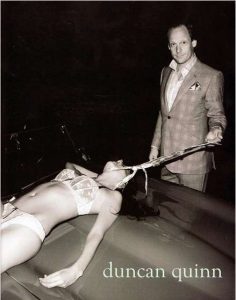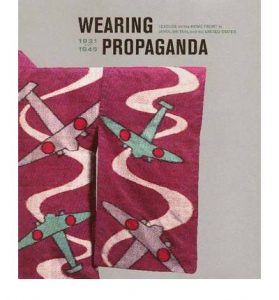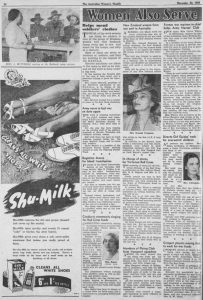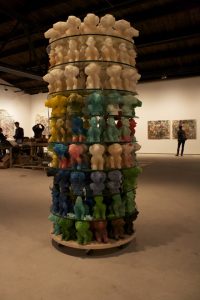Ethical Issues
I have chosen to talk about American Apparel’s controversial advert, although I felt both were equally shocking in their own respects I was first drawn to the American Apparel, maybe due to the focal point of the picture.
First of all, American Apparel is a very well-known North American clothing manufacturer exporting clothes in and out of America, so when this brand was thriving, this image was probably advertised largely around the world and seen by many audiences. Not only is this image unapologetically indiscreet and leaves nothing to the imagination in the creative direction of the image; but it is over sexualising women in a vulgar way, especially how they are promoting their brand name within the region which is sexualising the model in this photograph.
Even though her lady region is strategically covered by their logo it might as well not have been. It is very clear that she has no underwear on and the position which she has assumed is a very sexually anticipated one, suggesting that sexual activity is about to occur. This suggests many things about how the ‘American Apparel’ women shopper or in that fact any women who sees this image, that the brand is promoting the sexualisation of women and not the actual clothes. And glorifying their brand over the idea that women are sex objects. The fact that none of the brands clothes apart from some very ordinary knee-high socks and a barely there top, shows that in this image they were not trying to sell their clothes. Here I feel they were trying to sell their image, and this image is the sexualisation of women.
This comes no surprise as American Apparel has a background with models which previously worked in the adult film business. So, the brand is meticulously picking their models from an industry where is this their profession to be sexualised. This immediately brings forth unattainable standards from the shoppers, the models are supposed to depict the brand and ‘who you could be’, if you wore their clothes. Models shows the type of women you want to be when you wear the clothes, and American Apparel has gone too far with their message.
They have also selected a very small audience to focus on, and have discounted the younger generation and the effects this image could have on younger children seeing this advert. Especially if they purchase the clothes or know someone who buys the clothes who is older. It leads to the question how are people supposed to view them wearing the brands clothes, if this is their message to their customers. And how the only way to be accepted or good looking is to over sexualise yourself.
Stern, C.S. (2015) American Apparel plans to launch ‘enlightening’ blog about social issues such as LGBTQ rights in a bid to revamp its controversial and overtly-sexy image. Available From: http://www.dailymail.co.uk/femail/article-3059412/American-Apparel-plans-launch-enlightening-blog-social-issues-LGBTQ-rights-bid-revamp-controversial-overtly-sexy-image.html [Accessed 21015]



